The Panic of 1797
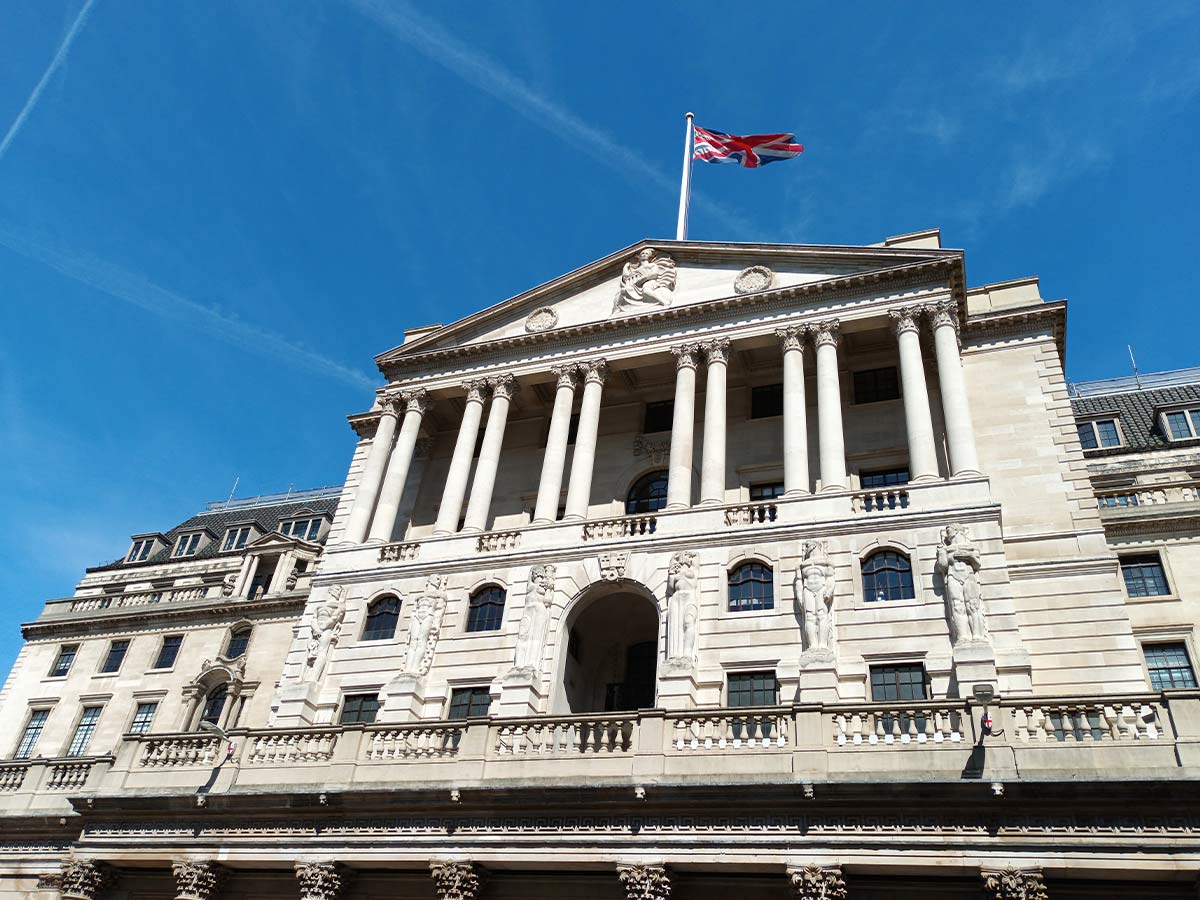
The Panic of 1797 was one of the earliest financial crises in the United States, sparked by a combination of speculative practices, a fragile banking system, and external economic pressures. Following the Revolutionary War, land speculation surged, and many banks overextended credit. This precarious system collided with an economic downturn in Britain, America’s primary trading partner. British financial instability reduced the flow of trade and investments, causing panic among U.S. banks and businesses.
The effects were swift and widespread. Businesses failed, unemployment rose, and the young nation's economic confidence was shaken. On an international level, the crisis underscored the interconnectedness of global trade and finance. Domestically, it highlighted weaknesses in America’s financial infrastructure, leading to a growing push for more stable policies.
The Panic of 1837

The Panic of 1837 was a major financial disaster in the United States, driven by speculative investments, unstable banking practices, and government policies. A surge in land speculation, fueled by easy credit from state banks, created an overheated economy. However, the federal government’s move to require payment for land in gold or silver (the Specie Circular) led to a decrease in currency circulation. Meanwhile, international factors like a drop in British demand for U.S. cotton compounded the issue, causing a ripple effect through the economy.
Banks closed, businesses failed, and unemployment soared. Thousands lost their savings, leading to widespread poverty. The crisis spanned several years, plunging the nation into a deep recession. It exposed weaknesses in the country’s economic policies and the lack of a centralized banking system, sparking debates about financial regulation and reform.
The Long Depression

The Long Depression (1873–1879) was a global economic downturn that originated with the collapse of the Vienna Stock Exchange in Austria-Hungary. This initial shock spread to the United States, where the failure of Jay Cooke & Company, a major bank, triggered the Panic of 1873. The crisis was fueled by overinvestment in railroads and speculative practices, which created an unstable financial foundation. Declining silver prices, tied to the end of the bimetallic standard in some countries, further destabilized markets.
The depression led to widespread unemployment, wage cuts, and business closures globally. Workers faced harsh conditions, leading to protests and the rise of labor movements. Farmers in the U.S. suffered from plummeting crop prices, further aggravating rural poverty. Although the depression eased by 1879, it left lasting effects on financial policies, sparking reforms to stabilize economies and manage monetary systems more effectively.
The Panic of 1893
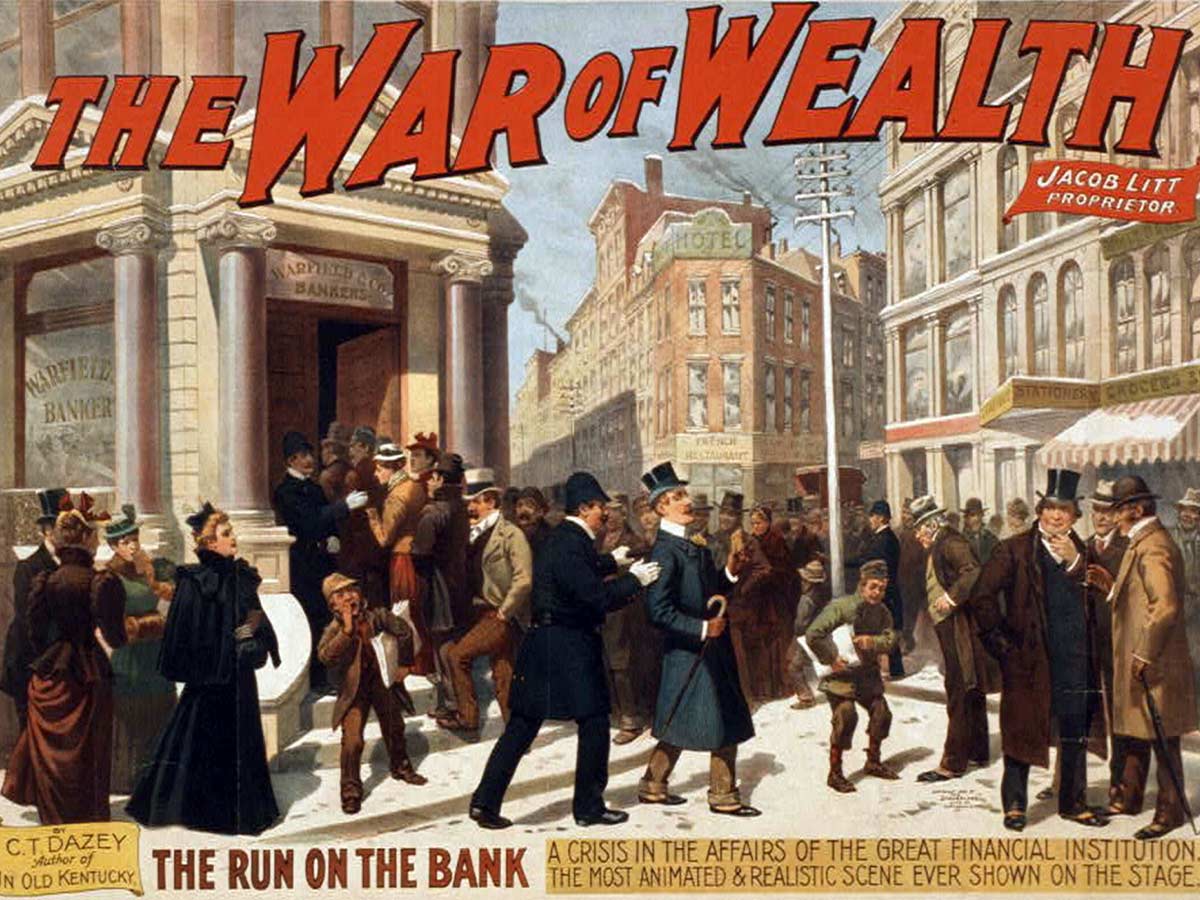
The Panic of 1893 was triggered by a combination of factors, including over-speculation in railroads, a collapse in the stock market, and a crisis in the banking sector. The economic downturn began in the spring of 1893 when the Philadelphia and Reading Railroad declared bankruptcy, followed by the failure of other major railroads. This led to a loss of investor confidence, a sharp decline in stock prices, and widespread bank failures. Compounding the crisis was the depletion of the U.S. Treasury's gold reserves, which undermined confidence in the gold standard and led to a run on banks.
The effects of the Panic were devastating, with unemployment soaring to nearly 20% and thousands of businesses closing. Farmers faced plummeting crop prices, while urban workers endured wage cuts and job losses. The crisis also fueled political unrest, leading to the rise of populist movements and debates over monetary policy, particularly the gold versus silver standard. It marked one of the most severe economic downturns in U.S. history before the Great Depression.
The Panic of 1907
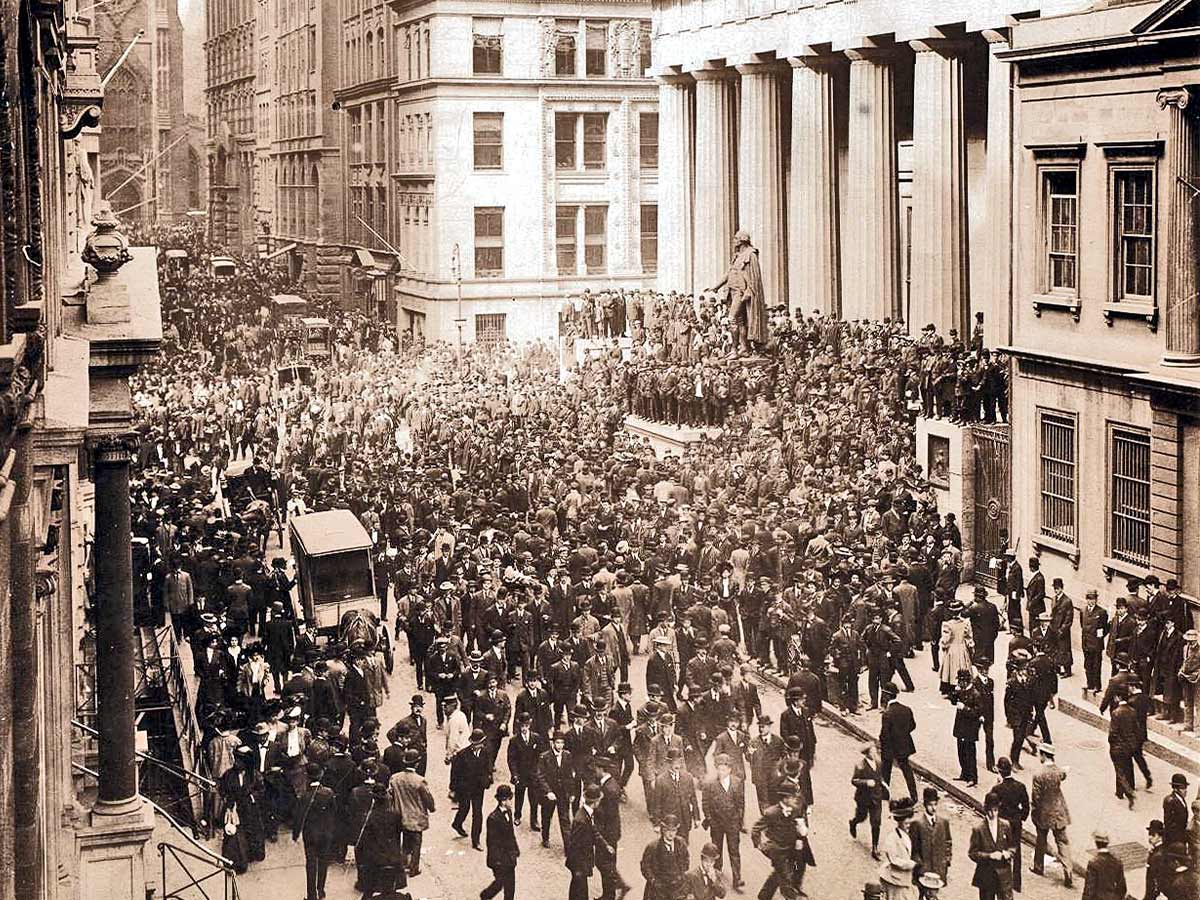
The Panic of 1907, also known as the Knickerbocker Crisis, exposed vulnerabilities in the banking system and led to significant economic turmoil. It began in October 1907 when a failed attempt to corner the copper market caused the collapse of the Knickerbocker Trust Company, one of New York's largest financial institutions. This triggered a wave of bank runs as depositors, fearing for their savings, rushed to withdraw funds, leading to widespread liquidity shortages. The lack of a central bank to stabilize the system exacerbated the crisis.
The panic had far-reaching consequences, including a sharp contraction in credit, plummeting stock prices, and a slowdown in economic activity. J.P. Morgan, a prominent financier, played a critical role in organizing private sector efforts to stabilize the banking system by pooling resources to rescue struggling institutions. The crisis highlighted the need for financial reform, ultimately leading to the creation of the Federal Reserve System in 1913 to provide a central authority to manage monetary policy and prevent future panics.
The Great Depression
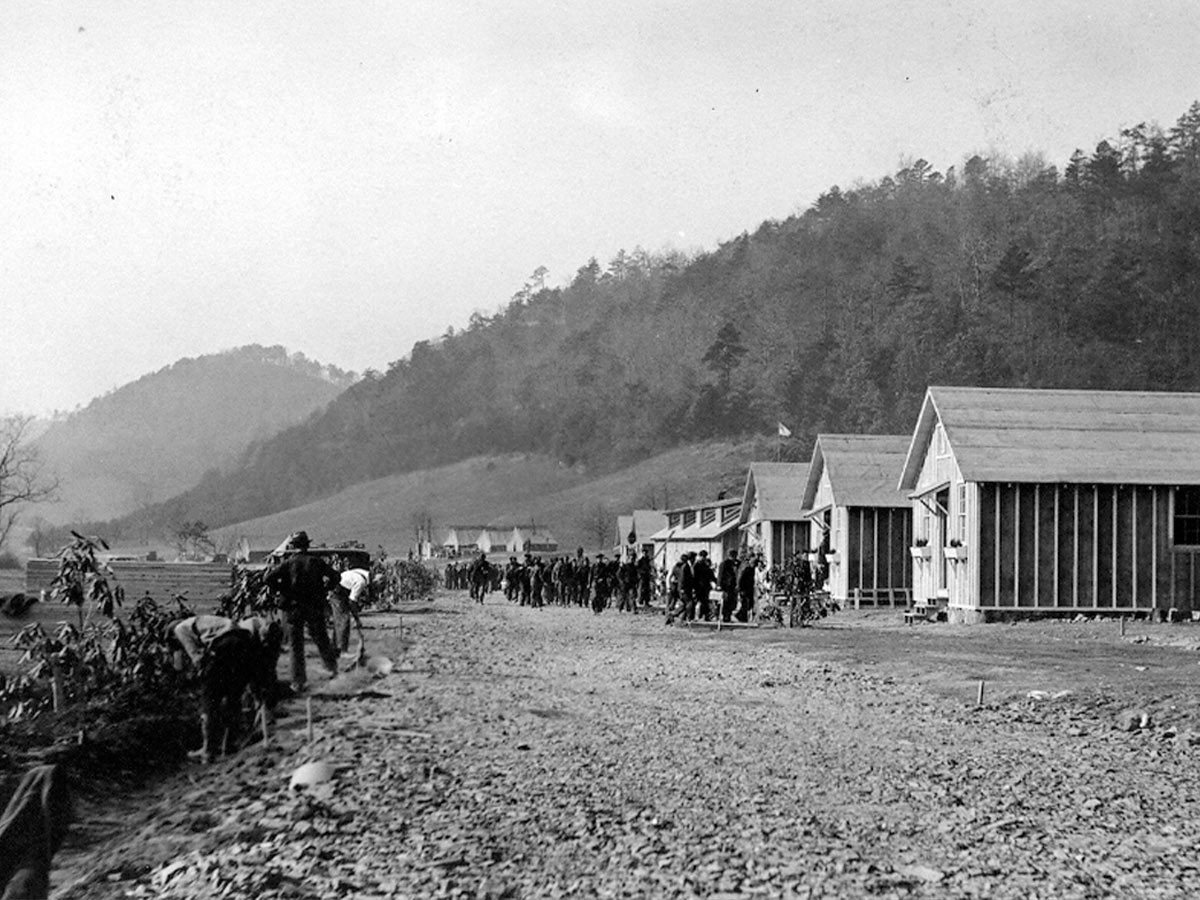
The Great Depression, spanning from 1929 to the late 1930s, was the most severe economic downturn in modern history, affecting economies worldwide. It began with the U.S. stock market crash of October 1929, known as Black Tuesday, which wiped out billions of dollars in wealth and shattered investor confidence. The crash was fueled by speculative investments, excessive borrowing, and an overheated economy. This financial collapse triggered a chain reaction of bank failures, reduced consumer spending, and plummeting industrial production.
Globally, the Depression disrupted trade, caused deflation, and led to widespread economic hardship. Governments responded with varying strategies, including protectionist policies like the Smoot-Hawley Tariff, which worsened the crisis by stifling international trade. In the U.S., President Franklin D. Roosevelt's New Deal programs aimed to provide relief, recovery, and reform through public works projects, financial regulations, and social safety nets. While these measures helped stabilize the economy, it was ultimately the economic mobilization for World War II that ended the Great Depression.
The Recession of 1937–1938
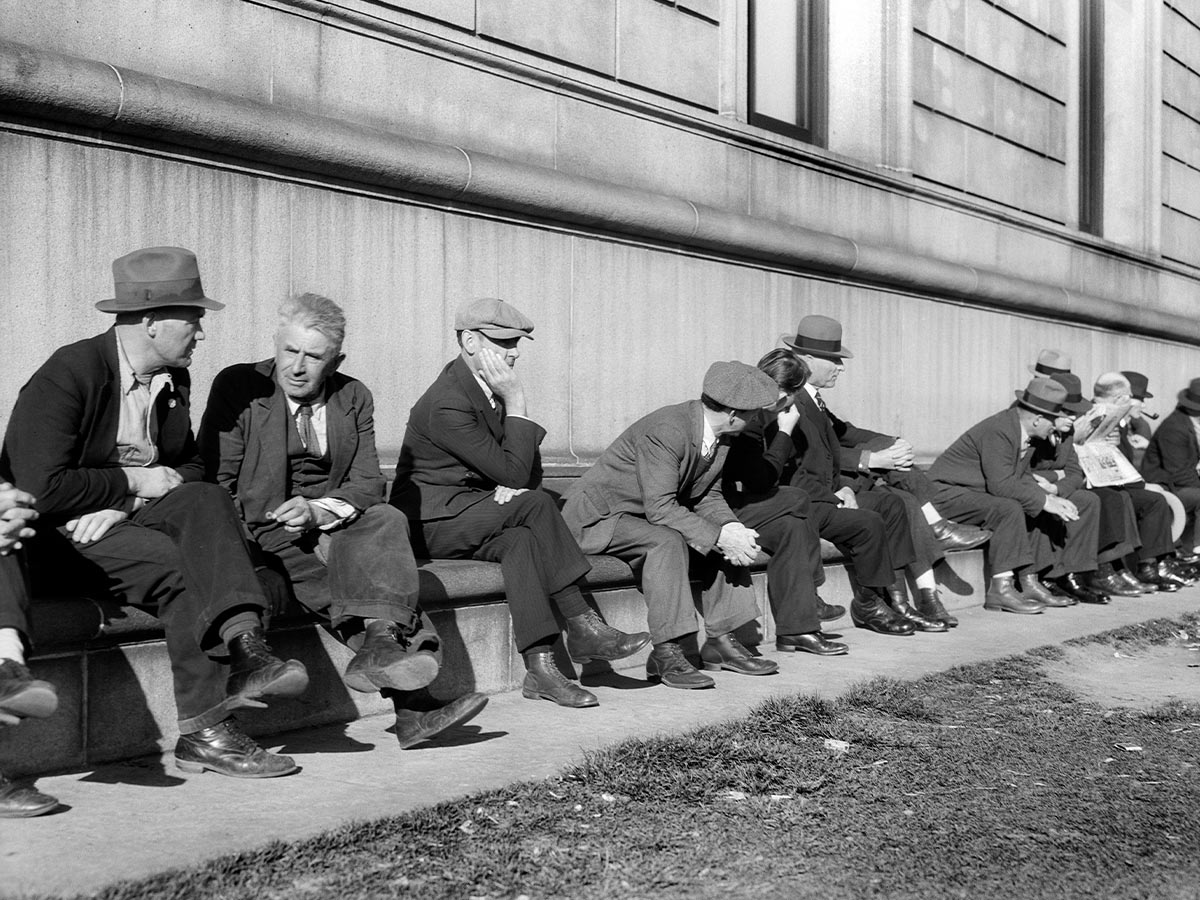
The Recession of 1937–1938, often called the "Roosevelt Recession," was a sharp economic downturn that interrupted the recovery from the Great Depression. It occurred during President Franklin D. Roosevelt's second term and was largely triggered by a combination of fiscal and monetary policy decisions. In an effort to reduce the federal deficit, the government cut spending on New Deal programs in 1937, while the Federal Reserve simultaneously tightened monetary policy by increasing reserve requirements for banks.
The effects were severe: industrial production fell by nearly 30%, unemployment surged from 14% to 19%, and stock prices plummeted. The downturn highlighted the fragility of the recovery and the risks of withdrawing government support too quickly. In response, the Roosevelt administration reversed course, increasing federal spending on public works and relief programs, which helped stabilize the economy by 1938.
The Recession of 1945

The Recession of 1945 was a brief economic downturn in the United States caused by the transition from a wartime to a peacetime economy after World War II. With the war’s end, government spending on military production sharply declined, and millions of soldiers returned home, creating temporary disruptions in the labor market. War-related industries scaled back or shut down, and factories needed time to retool for consumer goods production. This led to a short period of economic contraction, with rising unemployment and reduced GDP.
Despite these challenges, the recession lasted only about eight months (February to October 1945). Pent-up consumer demand, fueled by wartime savings and the end of rationing, helped drive recovery. Additionally, programs like the GI Bill supported returning veterans with education and housing benefits, further stimulating the economy. By late 1945, the U.S. economy rebounded, setting the stage for a post-war economic boom.
The 1973–1975 Recession

The 1973–1975 Recession was triggered by multiple factors. Chief among them was the 1973 oil embargo, where major oil-exporting nations cut supplies to the U.S. and other nations, causing oil prices to quadruple. This energy crisis drove up costs for businesses and consumers, leading to widespread inflation. At the same time, the collapse of the Bretton Woods system in 1971, which had linked the dollar to gold, destabilized global currencies and trade.
The effects of the recession were far-reaching. Unemployment peaked at 9%, and industries like manufacturing suffered sharp declines. Recovery was gradual, supported by a mix of fiscal policies and easing oil prices by the mid-1970s.
The Early 1980s Recession
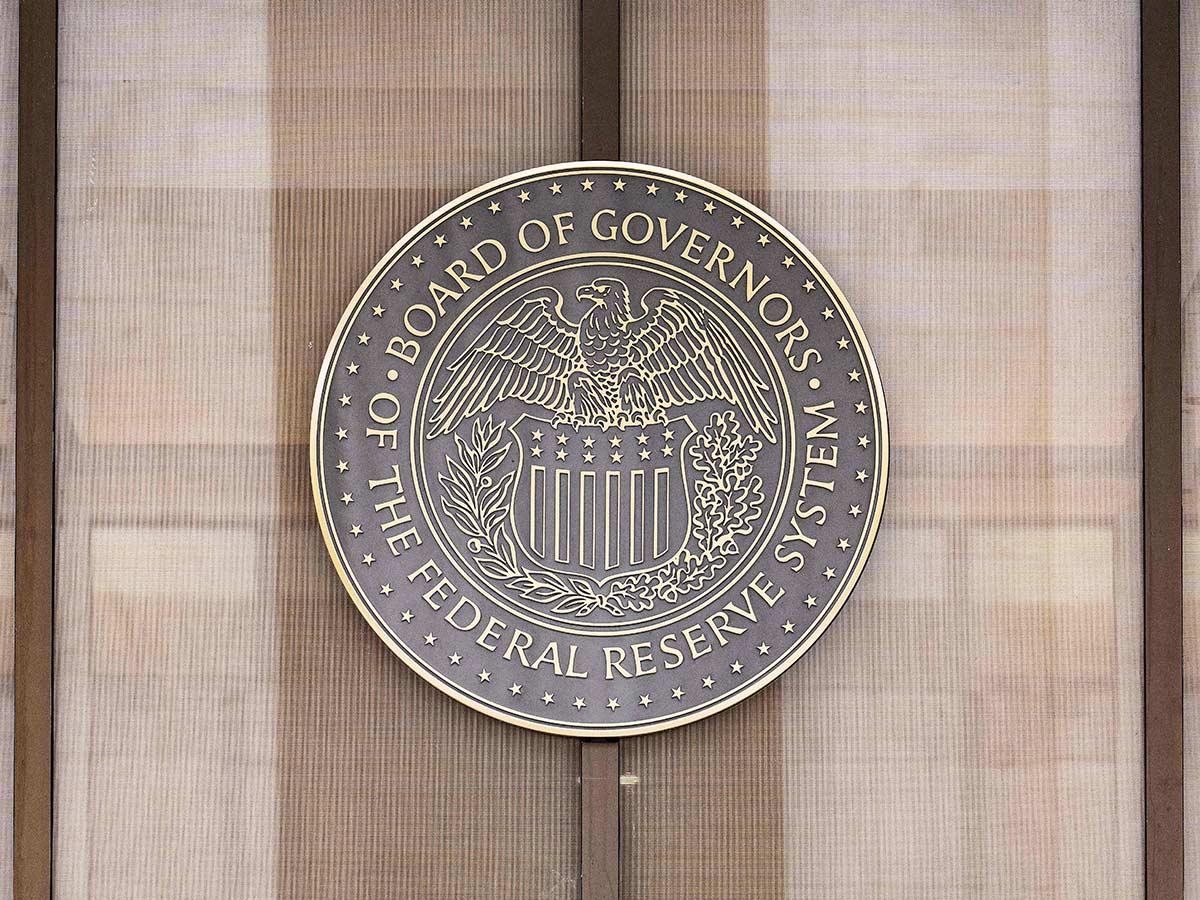
The Early 1980s Recession in the United States was a severe economic downturn spanning two distinct periods, from January to July 1980 and again from July 1981 to November 1982. The main culprit? The Federal Reserve’s aggressive interest rate hikes aimed at combating double-digit inflation that had spiraled out of control during the late 1970s. Coupled with high energy prices from previous oil crises and declining manufacturing competitiveness, the economy faced stagnant growth and rising unemployment in a classic case of “stagflation.”
The recession’s toll was brutal. Unemployment soared to 10.8% in 1982, the highest since the Great Depression, with industries like construction, steel, and farming hit hardest. However, recovery eventually took hold as inflation eased and interest rates were lowered. Reagan-era tax cuts and increased defense spending further bolstered growth in the mid-1980s.
The Gulf War Recession

The Gulf War Recession of 1990-1991 was brief but impactful, primarily driven by geopolitical tensions and structural vulnerabilities in the U.S. economy. Iraq's invasion of Kuwait in August 1990 sparked the Gulf War, causing crude oil prices to almost double. This sharp increase in oil prices fueled inflation, reduced consumer spending, and hindered business investments. Concurrently, the Federal Reserve had already raised interest rates in the late 1980s to control inflation, which further suppressed economic growth.
During the eight-month recession, GDP declined by 1.5%, and unemployment rose to 7.8%. Recovery began in 1991, supported by lower interest rates, reduced energy prices, and advancements in technology. This period marked a shift in focus toward emerging industries, particularly the technology sector, which would fuel sustained economic growth throughout the 1990s.
The Dot-Com Bubble Bust
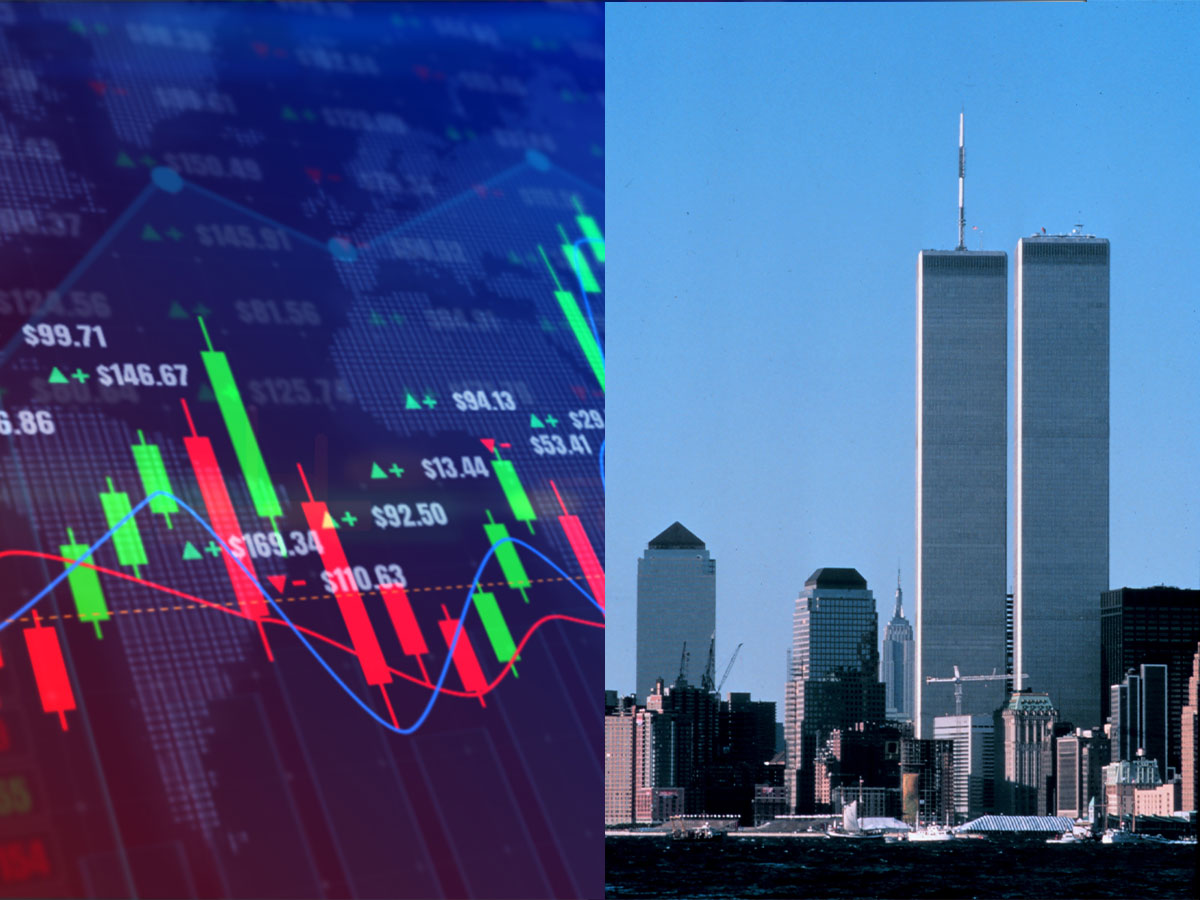
The Dot-Com Bubble Bust, spanning 2000 to 2002, represented a significant financial disruption triggered by overvaluation and speculative investment in internet-based businesses. Driven by the rapid adoption of the internet and proliferation of dot-com startups, the NASDAQ Composite index skyrocketed by over 500% from 1995 to 2000. However, unrealistic valuations, the lack of sound business models, and reckless investment fueled the bubble. The bursting of the bubble began in March 2000 with sharp declines in tech stock prices, exacerbated by rising interest rates and a shift in investor confidence.
The economic impact was profound, with the NASDAQ losing nearly 75% of its value by 2002, erasing $5 trillion in market capitalization. Many companies filed for bankruptcy or were liquidated, leading to massive layoffs in the technology sector. Following the crash, the emphasis on sustainable business practices increased, and surviving firms like Amazon and eBay emerged as enduring success stories. The event underscored the dangers of speculative investing and highlighted the importance of sound valuation metrics and due diligence.
The Great Recession

The Great Recession, lasting from December 2007 to June 2009, was a severe global economic downturn triggered by the collapse of the U.S. housing market and a subsequent financial crisis. Excessive subprime mortgage lending, combined with low interest rates, created a housing bubble that burst when prices began to decline. Mortgage defaults surged, leading to a collapse in the value of mortgage-backed securities held by financial institutions worldwide.
The economic fallout was stark. The U.S. GDP contracted by 4.3%, with unemployment rising to 10%. Globally, the recession caused widespread financial instability and prolonged economic hardship. Recovery efforts included large-scale government interventions, most notably the $831 billion American Recovery and Reinvestment Act and aggressive monetary policies like quantitative easing.
The COVID-19 Recession

The COVID-19 recession, which began in early 2020, was a global economic downturn triggered by the outbreak of the coronavirus pandemic. As governments imposed lockdowns and travel restrictions to curb the spread of the virus, consumer spending, business activity, and international trade plummeted. Unemployment soared across many countries, with industries such as hospitality, tourism, and entertainment being especially hard hit. In the United States, GDP fell sharply in the second quarter of 2020, marking one of the fastest and deepest economic contractions in modern history.
Governments and central banks responded with large-scale stimulus measures, including direct payments to citizens, expanded unemployment benefits, and unprecedented monetary easing. These interventions helped stabilize financial markets and supported a relatively swift recovery in some sectors, though the effects of the recession—such as inflation, labor shortages, and supply chain disruptions—continued for years.
The Recession of 1981–1982

The recession of 1981–1982 was one of the most severe economic downturns in the United States since the Great Depression. It was largely triggered by the Federal Reserve's aggressive interest rate hikes aimed at controlling the high inflation that had plagued the 1970s. Under Chairman Paul Volcker, the Fed raised interest rates to historic levels—peaking above 20%—which drastically slowed borrowing, spending, and investment across the economy. As a result, unemployment rose sharply, reaching over 10% by late 1982.
Key industries like manufacturing and construction were especially hard hit, with many factories closing and blue-collar workers losing jobs. Although painful, the recession succeeded in breaking the back of inflation and helped pave the way for a more stable economic environment in the years that followed.
 Author
Ron Winkler
Last Updated: April 18, 2025
Author
Ron Winkler
Last Updated: April 18, 2025
